Things to Consider When Choosing New Siding
By Scott & Karen Dillman | July 27, 2021
If you are choosing new siding for your house, there is a lot to consider before taking the plunge. To help make the decision-making process easier, here are some things that you should think about before picking out your new siding.
1. Budget and Investment
When choosing the best siding for your home, it's important to consider your budget and how your siding can factor into your long-term goals.
For instance, while some siding materials can be more expensive upfront, they may also last much longer than materials that cost less. This means you can save money in the long term, especially if the material also has low maintenance needs.
Investing in more expensive siding can be a solid investment if you are planning on staying in your current home for the foreseeable future. That said, if you're considering moving in the next couple of years to a decade, investing in siding that will last 60+ years, may not be the best investment.
Think critically about your long-term goals and use this information to help you pick the right materials for your home.
If you live in an area prone to fire risks, it may also be beneficial to invest in a type of siding that is resistant to combustion. Stray embers can easily ignite the siding, but by picking the right materials you can help lower this risk significantly.
2. Eco-Friendliness and Energy Efficiency
Another thing that is worth considering is the energy efficiency and the eco-friendliness of the materials you are considering using. For instance, the R-value of siding signifies its insulation properties, and the higher the value, the better it is for keeping temperature exchange between the interior and exterior to a minimum. This can help you save money on your energy bills, and keep your home feeling more comfortable.
As for whether your material is eco-friendly, it's important to look at where it comes from and if it can be recycled at the end of its life. Wood siding made from reclaimed or recycled wood can be a good choice for eco-conscious homeowners, as can metal and salvaged brick, and fiber cement.
Vinyl can also be considered eco-friendly, despite it being made from PVC. This is because there is virtually no waste from manufacturing and it can be highly energy efficient.
If you're invested in making sure that your siding is both eco-friendly and energy-efficient, work with your contractor to nail down which material works best for your budget, your goals, and your aesthetic.
3. Aesthetics
The style and appearance of your siding are also something that you'll need to factor into your decision. For instance, stone siding looks very different than wood or vinyl, and it can give your home a completely different vibe. You should also consider if you'd like to use two different types of siding, such as brick on the bottom and staggered shakes on top to help break up the exterior of your home.
Along with the different styles of siding, you'll also have to consider the color that you'd like to use. Some materials have more limited color palettes, while others, such as vinyl, can be found in almost any color you can think of.
When thinking about the color, you should also consider how often the siding will need to be repainted, as well as how weathering could wear down the color earlier. For example, if you live in a very sunny area, color fading is something you'll have to deal with.
Make sure that you know the style that you want and the colors. This can help your contractors better nail down the type of siding that can work best for you.
4. Resale Value
If you are planning on selling your home, thinking about the resale value could also be of benefit to you. Some home sellers have even reported that they have recouped up to half of the value of their siding by selling.
This also ties into thinking about the investment you want to make. While a more expensive siding material is best if you're going to be staying in your home long-term, it can also be a solid investment if you're looking to increase the overall value of your home.
Finding the Perfect Siding Without Regret
When it comes to finding the best siding for your home, keep these tips in mind and make time to sit down and seriously consider each point. By doing this you can help ensure that you get the right siding for your home without any future regrets. When you decide it's time for new siding, call on Dillman Brothers Contracting Inc.
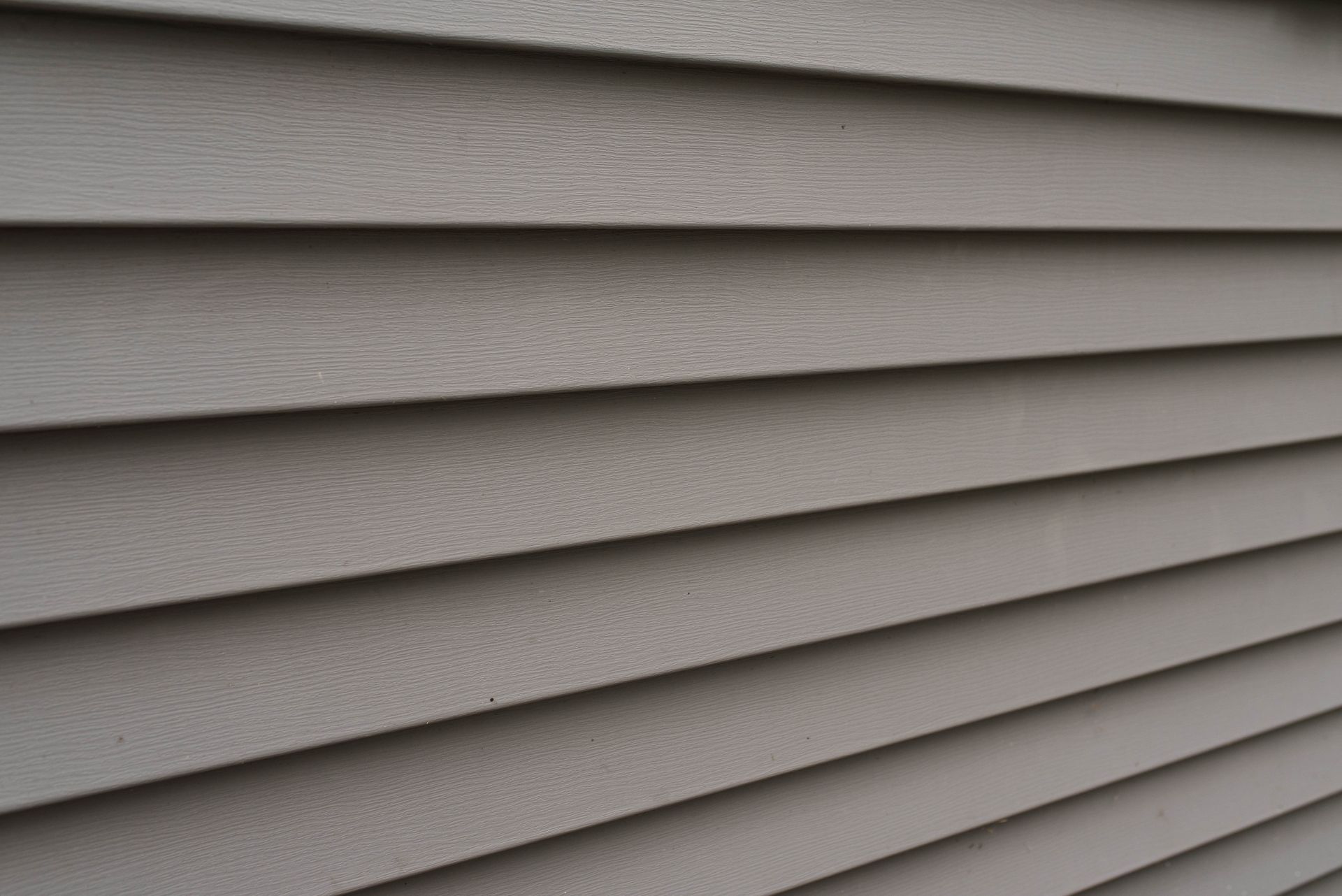


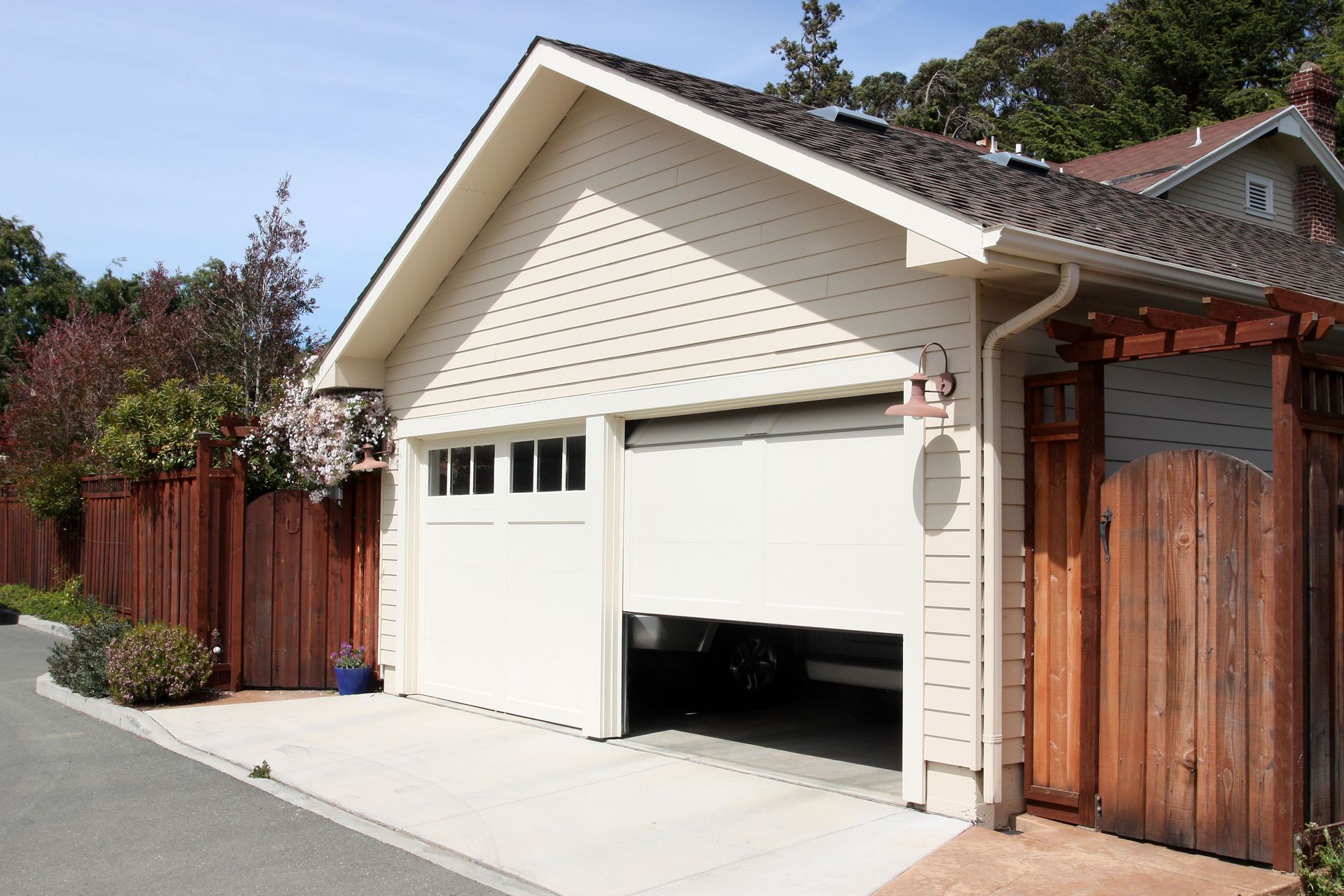
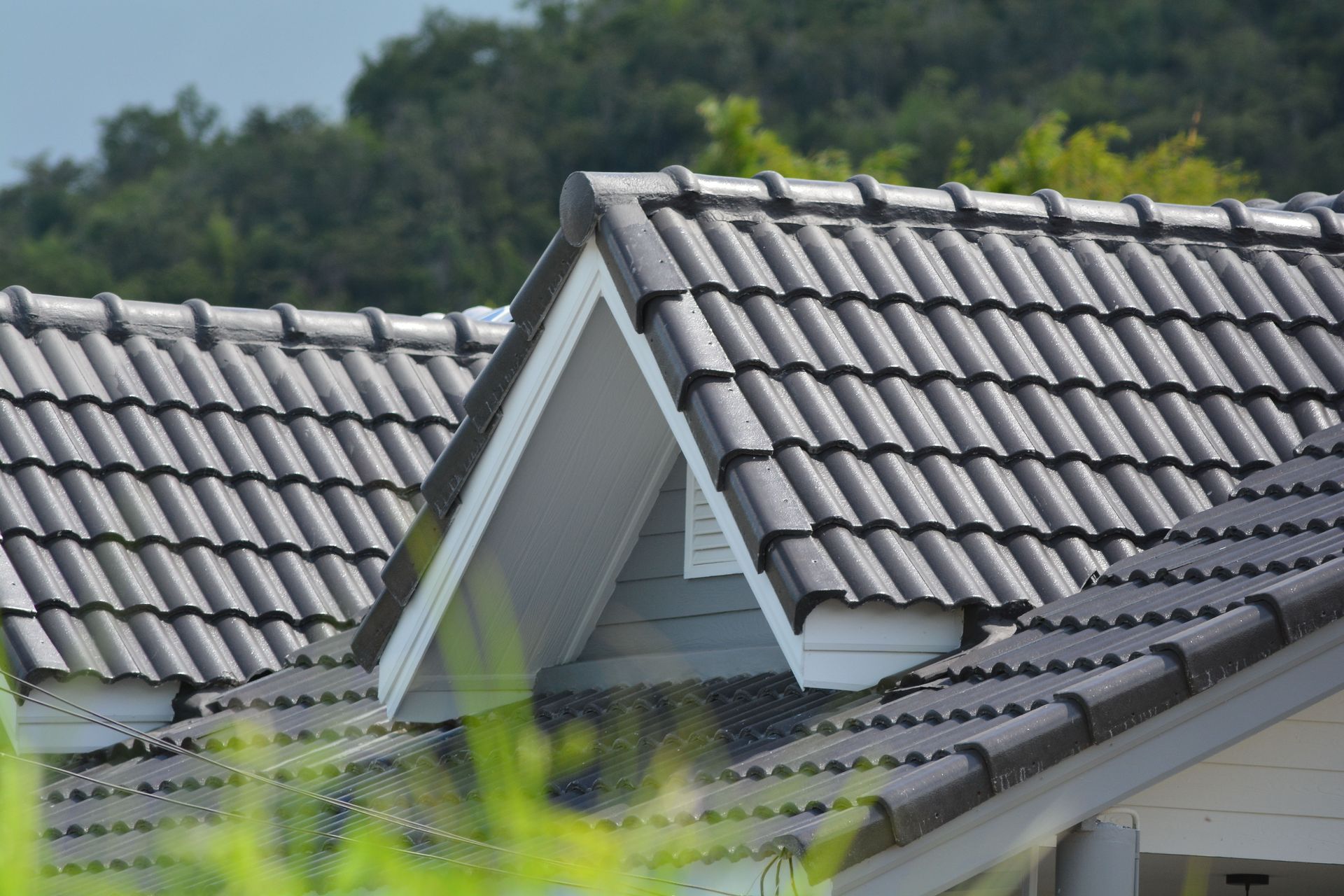
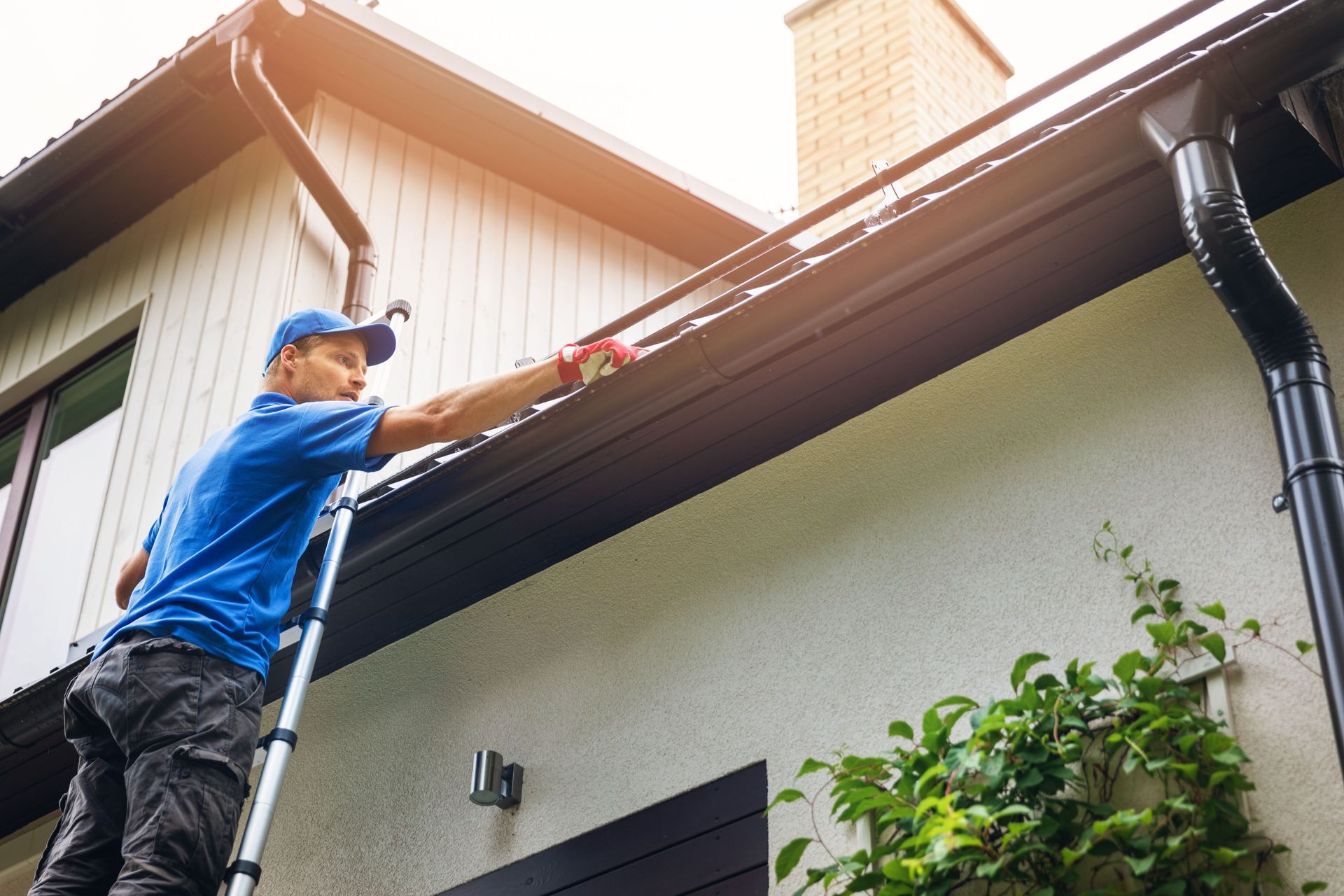
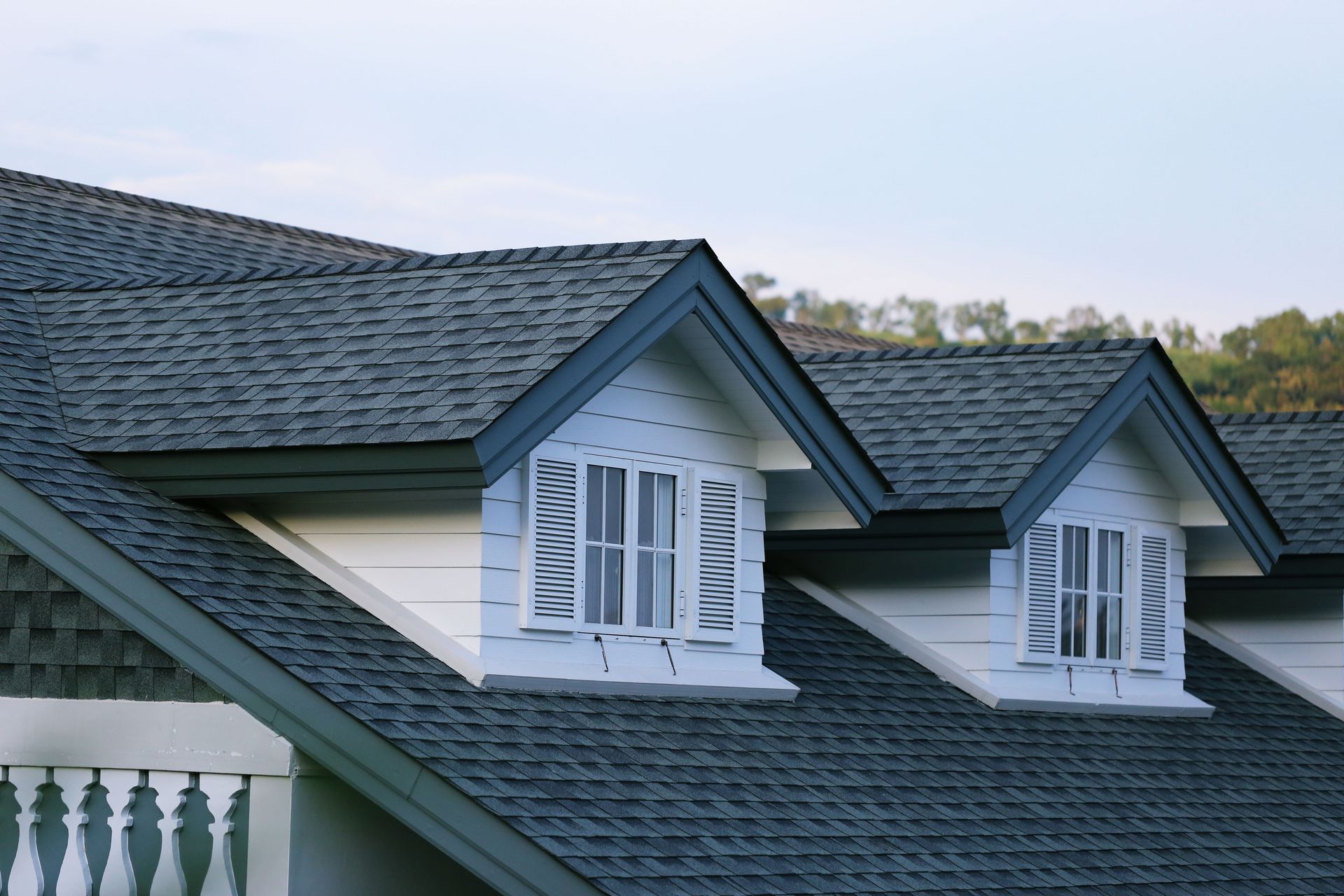

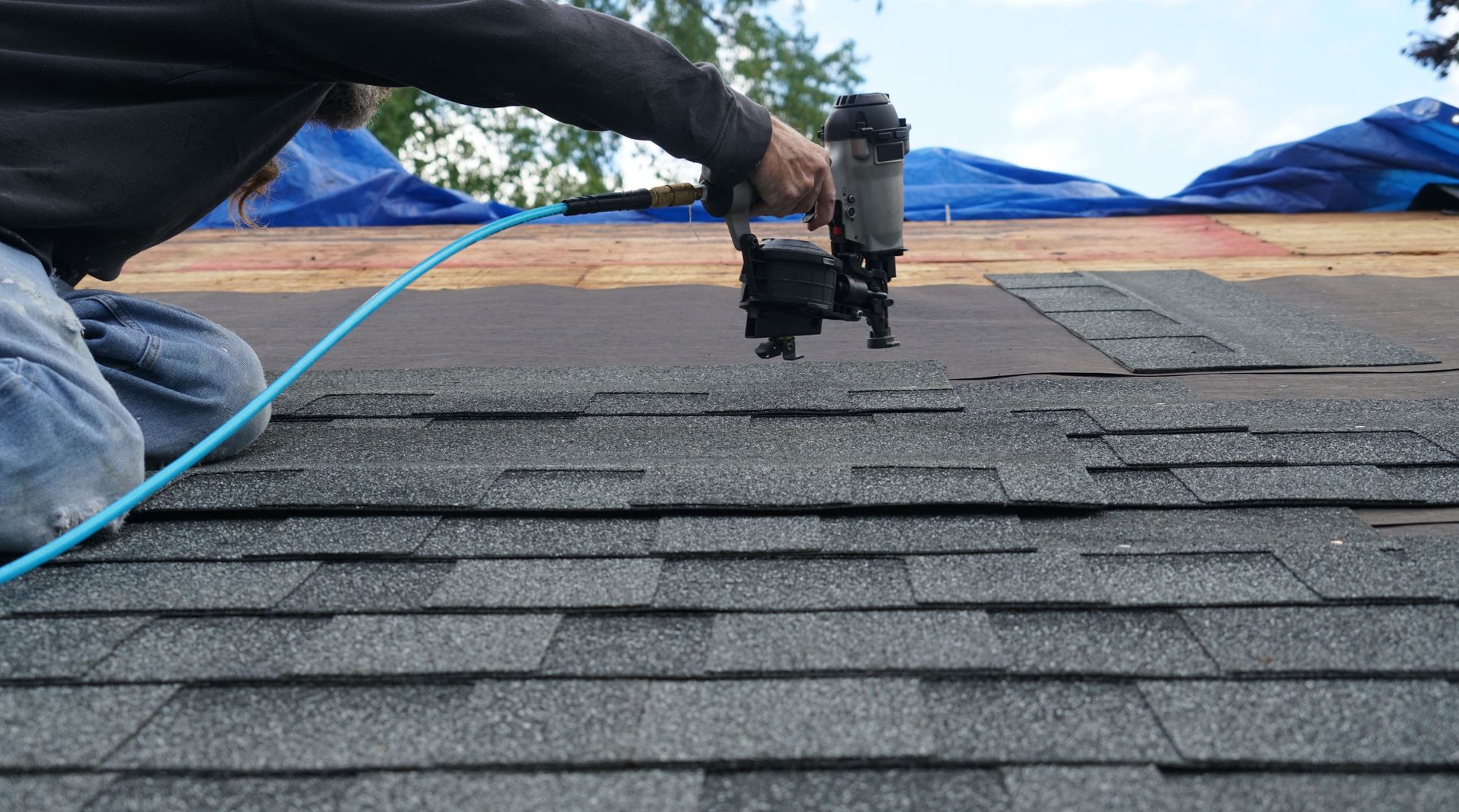

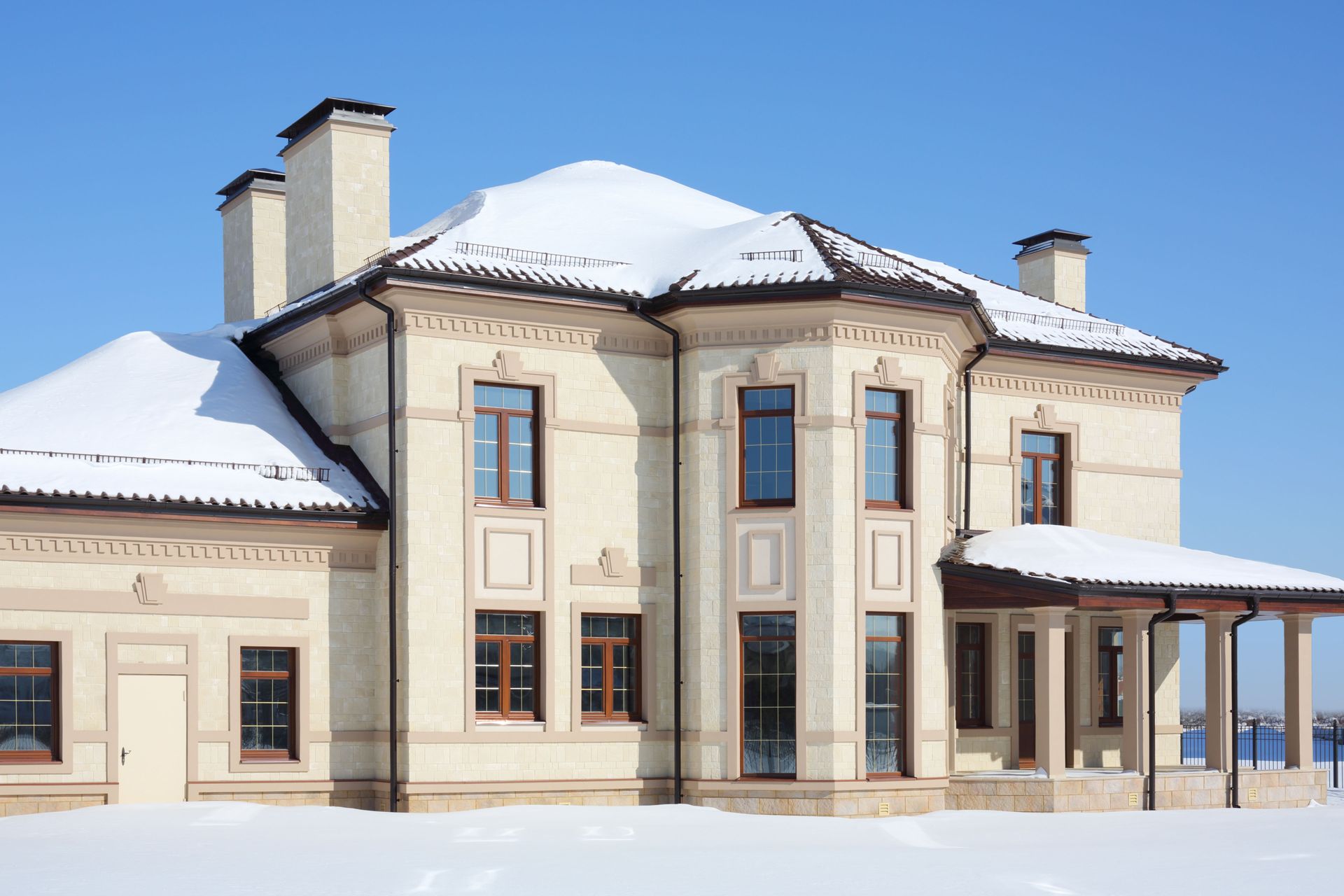
Share On: